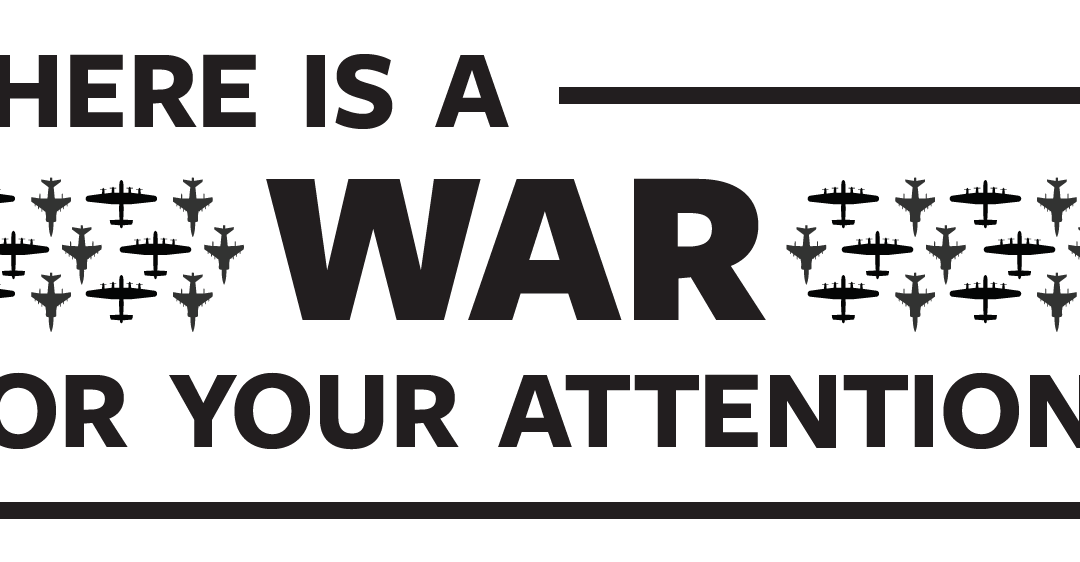Ahhh, January. The first month of the year announces itself with a fresh set of goals for you both individually and in the workplace. New year, new benchmarks to meet. But amid all the goal-setting and exciting future projects lining up, we often forget to take a look back at what cost us in the previous year. Did you find it hard to focus while at the office? Were you distracted by social media? Did you have trouble meeting deadlines because you procrastinated? All of these issues are connected. There is a war on your attention; the key is to eliminate distractions.
The Cost of Distraction
Workplace distractions cost $600 billon+ per year and cause in-office workers to be up to 40% less productive than their remote worker counterparts. That’s a cost that could be greatly reduced if we recognize what is distracting us in the first place. Distractions come in many different forms. Smartphones, email notifications, social media, office gossip, and coworkers are just a few of the attention-stealers we have to deal with every day.
Here is a statistic that I think is really important: 23% of interrupted work is not resumed in the same day. This is crucial information to understand why we struggle with productivity at work. It also makes sense as to why we lose motivation to do tasks the day they are assigned. If we don’t prioritize our focus, it is going to cost us more in the long run than we realize.

Distraction is costing us billons of dollars in the workplace. Focuswise
However, the pandemic has changed the way we work. Working remotely has increased focus and job satisfaction among employees. According to FlexJob’s 2020 survey, 68% of Americans reported fewer interruptions working remotely compared to working in the office. A home office is quieter, commute times are nonexistent (meaning more productivity), and employees don’t get interrupted by coworkers or their boss. So, with what we know about distractions in the workplace and increased focus at home, how do we connect the dots with returning to the office?
How to Eliminate Distractions
- Recognize what distracts you. Count the number of times you check your phone per day. The average person checks their phone 150 times a day, about every 6 waking minutes. Once you are aware of the bad habit, you can take actions to fix it.
- Communicate with your employer. If your work environment is not conducive to being able to focus when needed, talk with your supervisor about possible solutions. It could be as simple as putting on headphones to cut out noise or work from home a couple days a week. Having these types of conversations are important; they can lead to major office improvements, such as office conversion to different types of space for increased focus.
- Turn off unnecessary notifications. Social media notifications and non-work-related group chats are a huge (and unfortunately) welcome distraction from focusing on the task at hand. Silence them when you’re at work, and you’ll notice the difference in your ability to focus.
- Don’t forget to take breaks. Breaks are important for any sustained period of work. You are more likely to succumb to distractions if you have been working for too long. According to the University of California Irvine, it takes an average of 23 minutes to resume an interrupted task. That is time that could be used beneficially as a mental break when appropriate. Try to channel your distractions into a break instead of answering them to procrastinate your current assignment.
Focus in on 2022
Make this year the year you eliminate distractions. They can seem like no big deal in the moment, but accumulation of distractions over your entire company for a year can add up quickly. For more facts and figures on the cost of distraction, click here to view our full infographic and learn about our FocusFit Challenge for individuals and companies.
If you’re interested about the hidden costs of distraction over different industries, watch my YouTube video on the topic.

